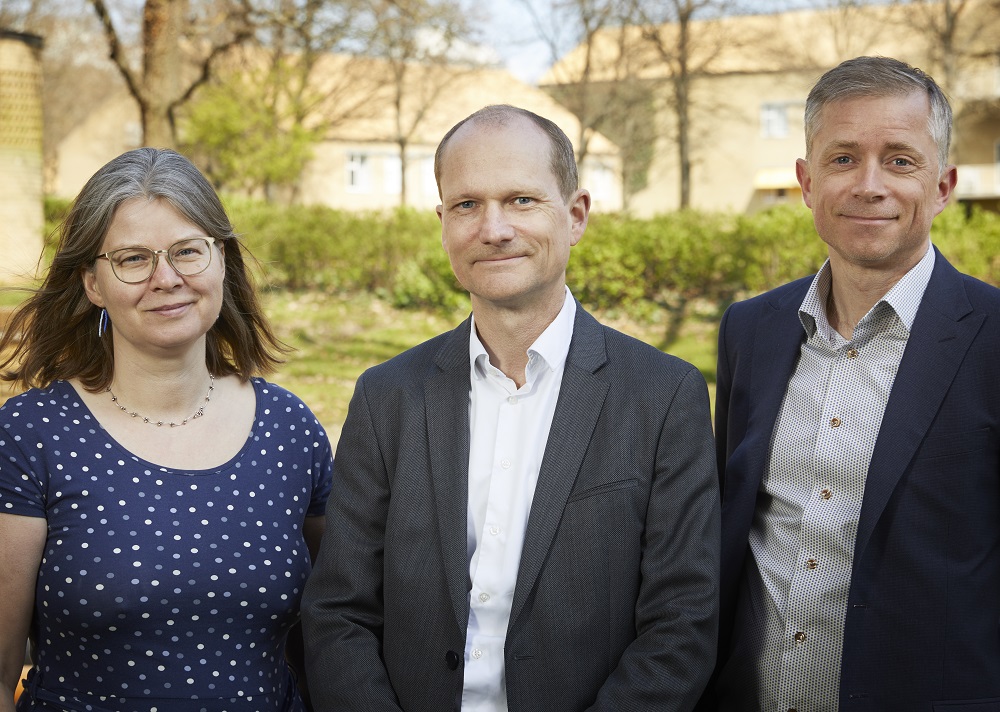Dean's Office to make Nat more visible on social media
In the coming months, the dean and vice-deans of Nat will be intensifying their activity on LinkedIn and Twitter. This will make the faculty's activities more visible externally.

The faculty has both a LinkedIn and a Twitter profile (LINK) to share big and small stories about Nat. The profiles regularly attract more followers from the faculty itself, and increasingly also from external stakeholders. The Dean's Office is going to increase its activity on LinkedIn and Twitter to reach out even further with input for the STEM agenda, interesting research results, grants, exciting projects and all the other good stories about Nat.
"The goal is to make science in general and all the results that we deliver at Nat more visible. And we want to give people a better insight into what we’re doing at Nat," says Dean Kristian Pedersen.
Why LinkedIn and Twitter?
LinkedIn is growing globally and in Denmark. There are approximately 722 million LinkedIn users globally and approx. 1.6 million Danes have a LinkedIn profile (figures from Statistics Denmark 2017).
A total of 39 per cent of the Danish users are active at least once a week, and 14 per cent are active every day. LinkedIn is a professional platform and a digital CV, where you can both expand and nurture your network and where you can make yourself and your research more visible and accessible.
Twitter has 330 million users worldwide, and approx. 10 per cent of all Danes have a profile. 83% of the world's managers are on Twitter, and this says something about the segment on the platform. There are politicians, opinion-makers, journalists, foundations, organisations, researchers and certain companies.
Twitter is well suited to more opinion-based material, but also to subject-specific material, and here it is relatively easy to interact with peers and others who are interested in the same topic. In addition, more and more news is first brought here, and you get reactions to your own posts very quickly.
"Therefore, we should actively utilize these channels when we talk about research communication and policy. Of course, traditional media are still relevant channels, but social media is growing in importance and they provide an opportunity to reach other target groups, so we want to involve them more actively and consciously in our communication," says Kristian Pedersen.
An invitation
Nat-Tech Communication is preparing presentation and course material about LinkedIn and Twitter that departments, employees and students can refer to if they also want to work on optimising their social media efforts.
"It is about making the Nat more visible, and give a more personal first-hand insight into our many activities within research and education. So share what you're with us, and we will gladly give a like or a share. You’re also very welcome to connect with us," says Kristian Pedersen.